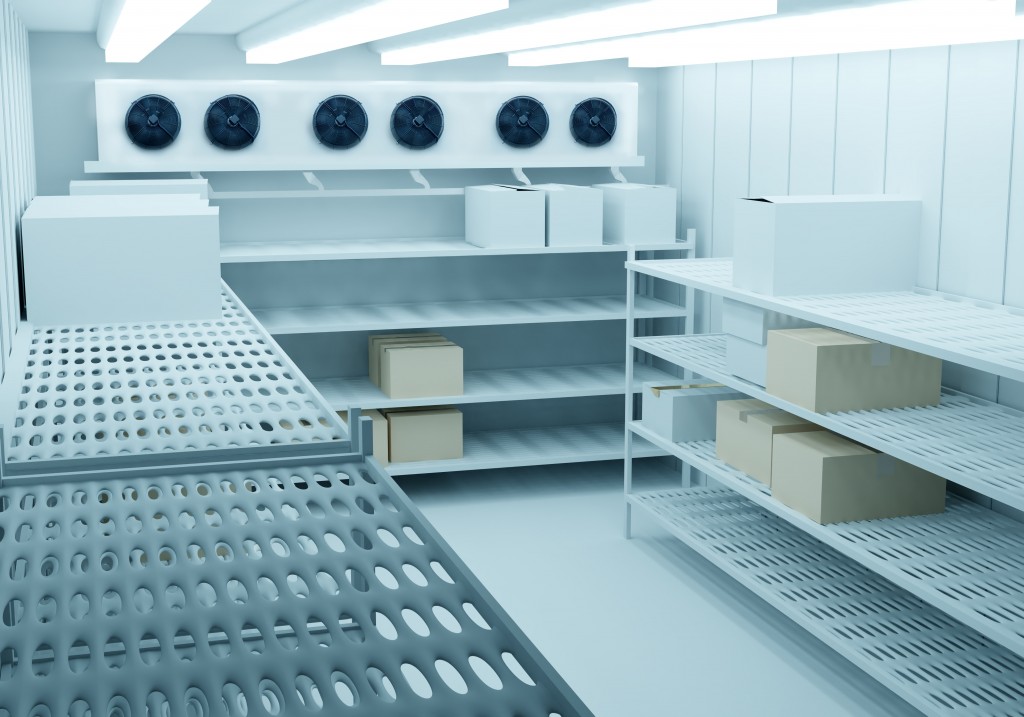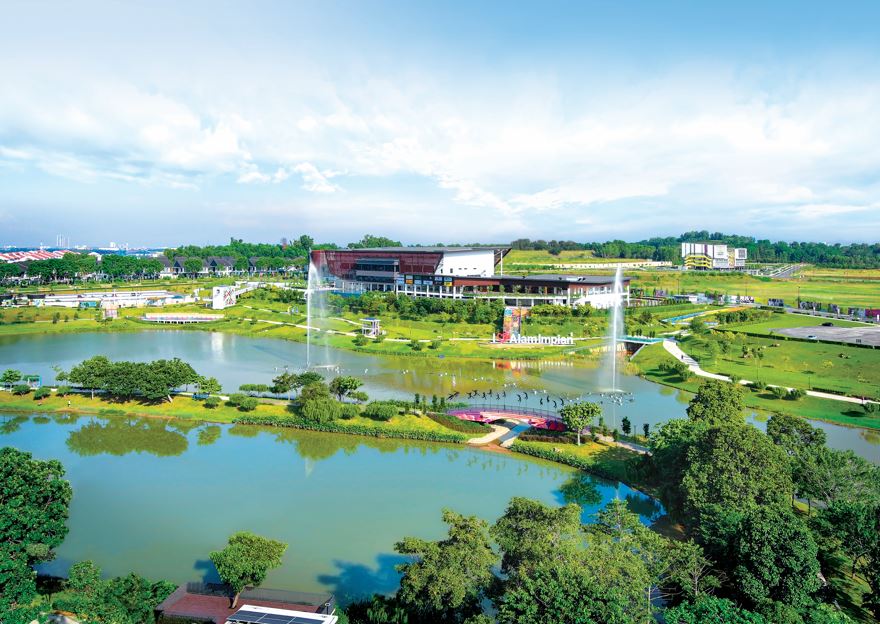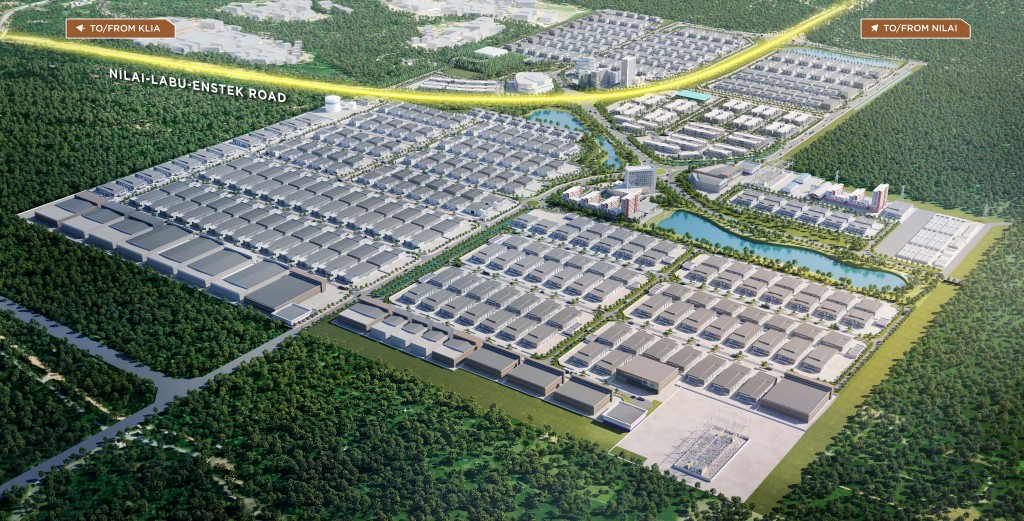Emergence of logistics industry creates a niche market for new facilities
By Joseph Wong
In the ever-evolving landscape of the logistics industry, a distinctive market is emerging and its heartbeat resonates within the realm of cold storage facilities. The surge in demand for logistics services, particularly those requiring temperature-controlled environments, has propelled the creation of a specialised niche that is transforming the way goods are handled and transported.
With this surge in demand, cold storage facilities have emerged as a vital component of the entire logistics industry. Simply, these facilities are where temperature-sensitive goods are stored before they are transported along the cold chain journey to the final destination, which is usually the end consumer. Through this cold chain process, products are transported and stored in a consistent and temperature-controlled environment, in which cold storage real estate plays a critical role.
Taking ice cream as an example product in the cold chain journey, the recommended storage temperature for ice cream is -27°C but fluctuations in storage freezer temperatures can lead to textural defects. This typically occurs when the product warms during the transition between freezers. Prolonged warming can result in the loss of air and settling of sugar syrup, causing ice crystals to grow and altering the texture of the product.
Another example is the transportation of certain temperature-sensitive medication as experienced during the Covid-19 pandemic where the Pfizer vaccine needed to be stored at 2°C to 8°C over 10 weeks to ensure its efficacy against the virus. Such special consideration beckons the need for property temperature-controlled storage spaces. Ensuring a consistent temperature throughout the cold chain, therefore, is critical in ensuring that the quality of products is maintained.
Evolution of cold storage facilities
According to global real estate services firm JLL, cold storage facilities typically require higher specifications than standard distribution centres due to their specific function. While standard facilities are becoming increasingly sophisticated with greater integration of technology and automation, cold storage facilities pose additional challenges.
“The complexity of refrigeration, including building design and labour working conditions, along with the increased risk to temperature-sensitive products, make cold storage facilities more capital- and management-intensive. Further, increasingly complex logistical requirements are driving changes in how cold storage facilities are being utilised.
“These changes need to be incorporated into how buildings are designed and into the operational strategies of operators. In addition, environmental, social and governance (ESG) requirements are also increasingly being incorporated into cold storage real estate to promote sustainability and reduce environmental impact,” the JLL Research team said in their Cold Chain, Unlocked report.
For example, more facilities are being designed with insulation, efficient refrigeration systems, and LED lighting to optimise energy efficiency. Additionally, renewable energy sources such as solar panels are being integrated to power these facilities. Water conservation measures, waste reduction strategies, and the use of environmentally friendly refrigerants are also being implemented to create more sustainable cold storage solutions.

What’s the development opportunity?
“Incorporating advanced technology, automation and sustainable practices is driving changes in the sector. This presents opportunities for differentiation and for developers and investors to become industry leaders in cold storage real estate. For instance, there are real opportunities to leverage advanced technology and sustainable practices in cold storage facilities. Implementing energy-efficient systems, insulation, and renewable energy sources can help reduce environmental impact and operational costs,” the team reported.
Moreover, the integration of automation and digital solutions has the potential to enhance operational efficiency and simplify processes. Furthermore, in the ongoing evolution of the cold storage industry, there exists an opportunity to modify facilities to align with evolving logistical demands. This may involve the strategic design of facilities to accommodate alternative distribution models, including those tailored for e-commerce and last-mile delivery.
Rapidly growing sector
According to JLL, the global cold storage sector has expanded rapidly in the past decade, growing from around 550 million cubic metres in 2014 to an estimated 785 million cubic metres by 2022. This reflects a 4.5% compound annual growth rate (CAGR).
“Assuming this same CAGR, the market will grow to more than 1.1 billion cubic metres by 20302. Despite strong potential growth, this is arguably a conservative estimate. More capacity may be needed given the structural changes in consumption patterns and the shift to online spending. Global disruptions have also highlighted the criticality of the cold chain sector,” the report said.
These factors have and will continue to have long-term demand implications for the amount of cold storage space needed, how they are designed and operated and where they are located. Robust market growth translates to rising capacity on a per capita basis. In 2014, global capacity per capita was just 0.07 cubic metres. Assuming current population projections and historical CAGR cold storage capacity growth, global capacity per capita will almost double to 0.13 cubic metres by 2030. Capacity levels differ significantly in APAC. Generally, the more advanced economies have greater capacity relative to more emerging parts of Asia. This is unsurprising given that logistics networks in these countries tend to be more sophisticated and institutionalised.
According to the 2023 Logistics Performance Index (LPI) by the World Bank, Singapore secured the top spot, Japan claimed the 13th position and South Korea held the 17th rank globally. Both Australia and China shared the 19th position. In contrast, emerging South-East Asian nations find themselves positioned much lower in the rankings.
The increasing interest in the cold storage sector is rooted in the market's structural growth drivers. Global disruptions have underscored the critical role resilient supply chains play, with cold storage real estate emerging as a vital component in these networks. Shifting consumption patterns and the growing prevalence of e-commerce have triggered a heightened demand for efficient cold chain logistics and expanded cold storage real estate.
Growth opportunity
To better understand this growth potential (i.e. from an estimated 785 million cubic metres in 2022 to 1.1 billion cubic metres by 2030), it’s important to understand the underlying drivers. Food is generally considered the dominant product in this expanding sector, followed by pharmaceutical goods. The opportunity to capture growth in these industries is large.
The current, more challenging investment landscape is steering investor attention towards alternative and higher-yielding asset classes, with the cold storage sector standing out. The difficulties encountered in transporting perishable vaccines during the Covid-19 pandemic, coupled with subsequent food shortages, have underscored the essential nature of robust refrigerated infrastructure. This resilience positions cold storage assets as relatively resilient in a sector that attracts many investors seeking to mitigate risks in an increasingly volatile and uncertain investment environment. Investors are drawn to cold storage not only for its resiliency but also for factors such as greater stability, appealing leasing covenants, higher barriers to entry, a yield premium, technological upside and diversification.
Investing in cold storage presents an enticing opportunity for stable and resilient returns. Cold storage assets tend to yield higher rental rates and investment returns, making them an appealing destination for capital amid the current investment climate, characterised by elevated hurdle rates. With the escalating demand for cold storage space driven by relatively inelastic underlying demand, cold storage assets are positioned to deliver robust financial performance. This asset class offers greater stability and resilience, making it an attractive addition to investment portfolios.
Stay ahead of the crowd and enjoy fresh insights on real estate, property development, and lifestyle trends when you subscribe to our newsletter and follow us on social media.














































